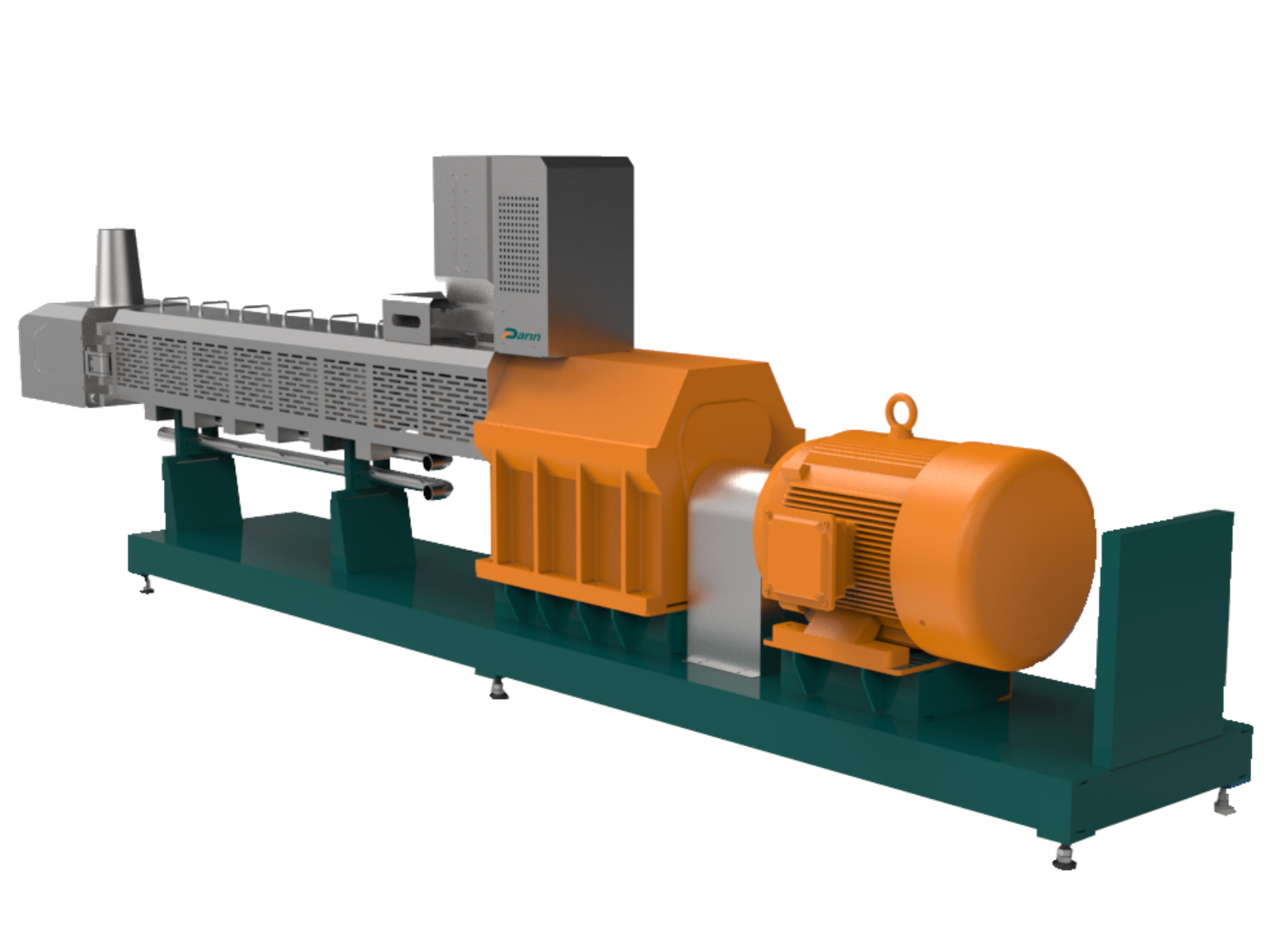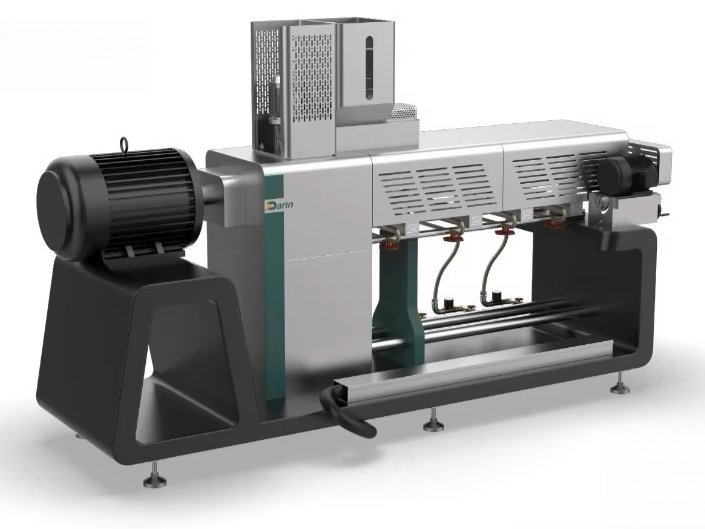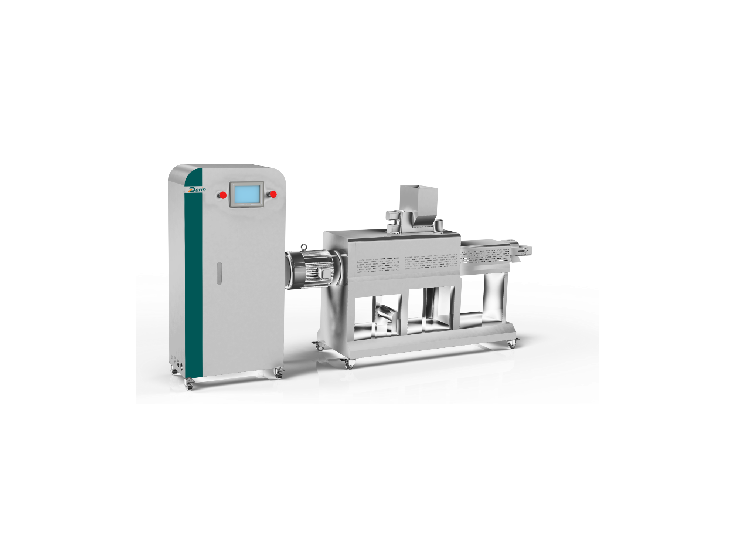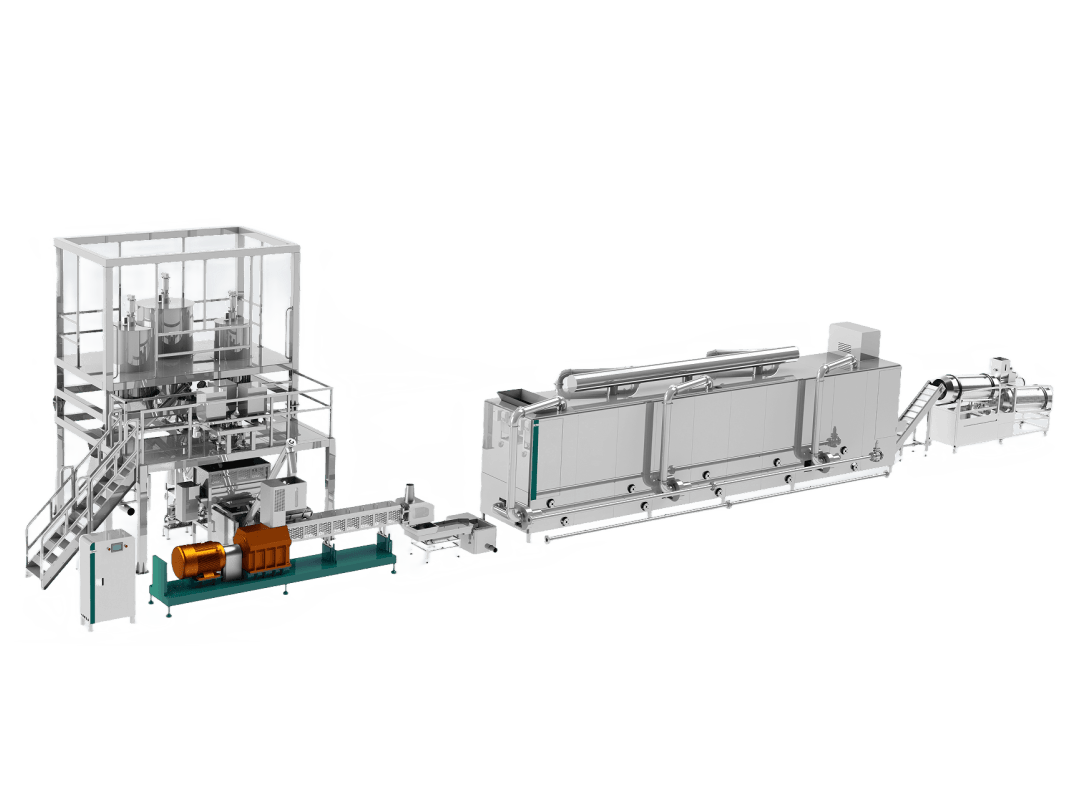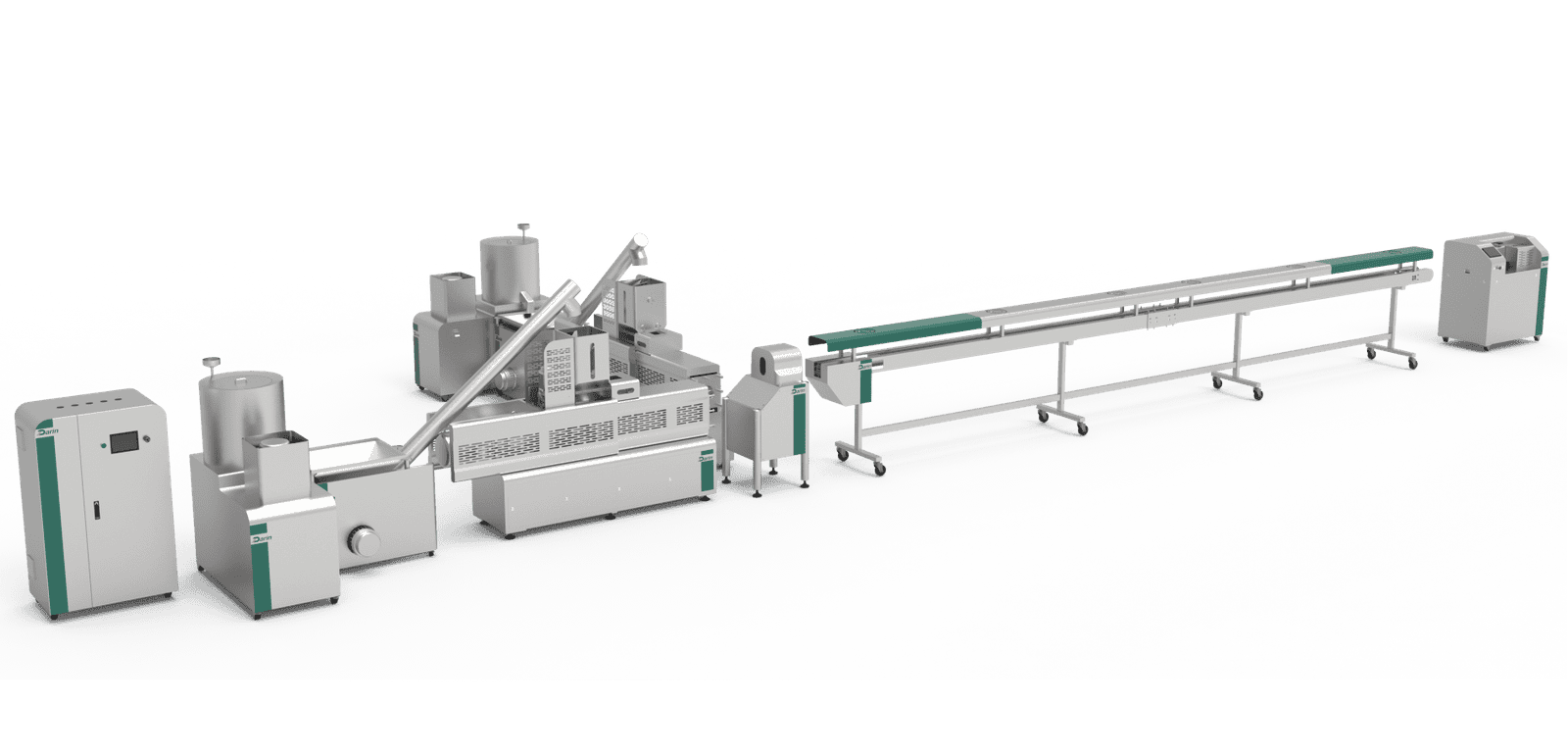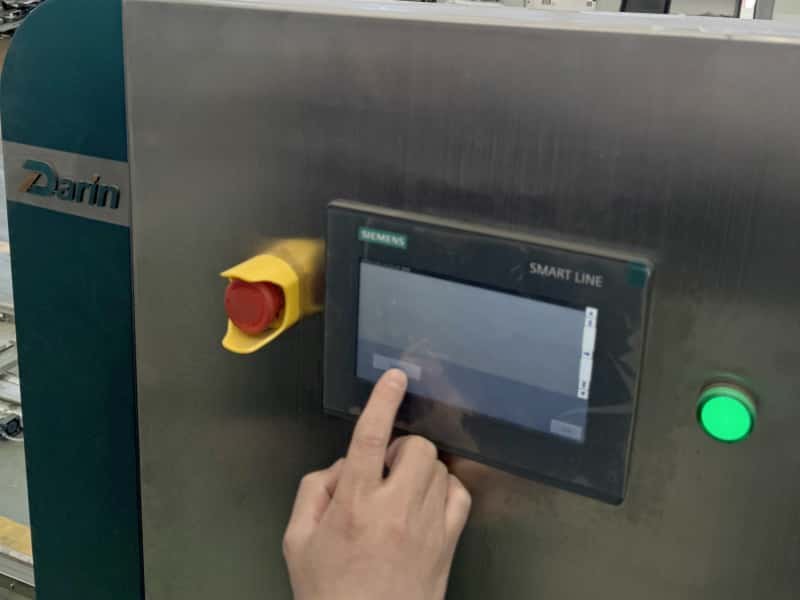
Pet food extruders are the backbone of modern pet food manufacturing, but when problems arise, they can cause production delays, inconsistent product quality, and even mechanical failure. Downtime leads to revenue loss and reputational damage, especially in a competitive B2B landscape. Many manufacturers struggle with wear-and-tear, inconsistent moisture or temperature control, screw or die blockages, and unoptimized ingredient feeding. But the good news is: each of these issues can be prevented or corrected with proven technical solutions and proper machinery selection. In this article, Darin Machinery’s expert engineering team outlines the most common problems in pet food extrusion—and how to solve them.
The most common issues in pet food extruders include wear of screws and barrels, die clogging, unstable product consistency, poor temperature or moisture control, and incorrect raw material feed rates. Solutions include regular preventive maintenance, use of wear-resistant materials, optimal formulation and moisture balance, advanced temperature and pressure sensors, and automated ingredient feeders for consistent dosing.
If you are a factory manager, technical director, or plant operator in the pet food manufacturing industry, this deep-dive will help you identify early signs of equipment trouble, understand the root causes, and implement strategies to improve your extruder’s uptime, productivity, and product uniformity.
\
Die clogging in pet food extruders is caused by poor ingredient blending.True
When dry ingredients are not evenly mixed with water or oil, uneven paste viscosity leads to die blockage.
Understanding Key Failure Points in Pet Food Extruders
To effectively manage and prevent issues, manufacturers must understand the mechanical and operational failure points in a pet food extrusion line. Below is a summary table outlining these critical areas:
| Issue | Typical Cause | Symptoms | Solution |
|---|---|---|---|
| Screw or Barrel Wear | Abrasive ingredients, long production hours | Lower pressure, lower output | Use wear-resistant alloy steel, apply hardfacing, schedule regular overhaul |
| Die Clogging | Improper ingredient mixing, low moisture content | Product jamming, extrusion halt | Improve pre-mixing, optimize moisture and oil injection |
| Temperature Fluctuations | Malfunctioning heater, sensor drift | Inconsistent product texture | Calibrate sensors, use PID temperature controllers |
| Product Inconsistency | Formulation errors, screw design mismatch | Uneven kibble size and shape | Standardize formulations, optimize screw configuration |
| Overpressure and Blockage | Foreign matter, sudden moisture surge | Alarm triggers, emergency stop | Install filters, use automatic backflush systems |
| Motor Overload | Excessive torque, friction in screw barrel | Trip or shutdown of motor | Adjust feed rate, check gearbox lubrication |
| Low Throughput | Poor feed rate, worn screw elements | Reduced production efficiency | Upgrade to twin-screw with accurate feeder system |
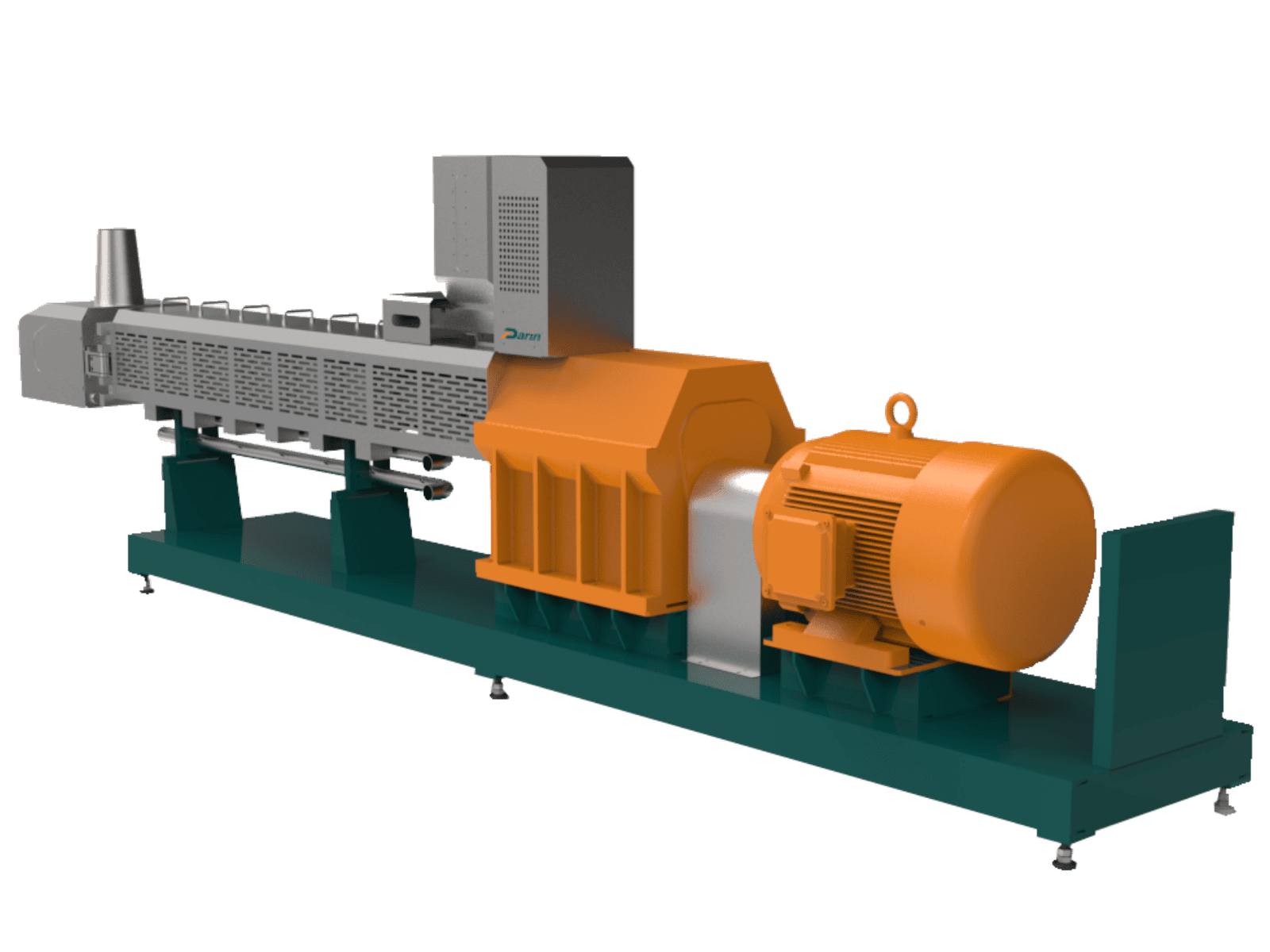
Chart: Frequency of Common Pet Food Extruder Problems by Percentage
| Problem Category | Occurrence (%) |
|---|---|
| Die clogging | 24% |
| Screw/barrel wear | 22% |
| Product inconsistency | 18% |
| Moisture/temperature fluctuation | 15% |
| Feed rate error | 11% |
| Electrical/motor faults | 10% |
Solutions in Detail: Engineering Fixes and Operational Best Practices
1. Die Clogging and Product Flow Obstruction
One of the most frequent issues in pet food extruders is the clogging of dies—especially in high-protein or low-moisture formulations. Clogs lead to machine stoppage and output variation.
Solution:
- Integrate a precise liquid injection system to keep moisture balance optimal.
- Use preconditioners to homogenize the mix before extrusion.
- Use die designs with self-cleaning channels or apply Teflon coatings to reduce buildup.
2. Wear and Tear of Screws and Barrels
Extruder screws, especially in twin-screw systems, undergo extreme stress. When wear exceeds tolerances, the system loses compression efficiency, and kibble uniformity suffers.
Solution:
- Choose screws made from 38CrMoAl nitrided steel or tungsten-carbide-coated materials.
- Set up predictive maintenance schedules using wear sensors and operational logs.
- Replace critical elements periodically, not just reactively.
3. Temperature Instability and Overcooking
Temperature instability leads to poor gelatinization of starches or overcooking of proteins—resulting in crumbly or burnt kibble.
Solution:
- Use PID-controlled temperature zones across the barrel.
- Implement real-time data logging for temperature and pressure.
- Calibrate thermocouples regularly and insulate heating zones.
4. Ingredient Feed Problems
Many extruder issues originate before extrusion—in the feeding stage. Inconsistent raw material feeding causes torque spikes and product inconsistencies.
Solution:
- Use gravimetric or volumetric feeders depending on ingredient flow properties.
- Add a hopper agitator or vibrator to prevent bridging in powder hoppers.
- Monitor feeder flow rate using load cells or rotary sensors.
\
Manual feeding is sufficient for large-scale pet food extrusion.False
Manual feeding introduces variation and delays, making it unsuitable for high-volume production lines.
5. Energy Efficiency and Throughput Drop
If energy consumption spikes without a matching increase in output, it may indicate inefficient extrusion dynamics or poor torque control.
Solution:
- Optimize screw geometry and L/D ratio for each recipe.
- Upgrade to frequency-controlled drives that adapt speed in real-time.
- Regularly check for motor alignment and thermal insulation.
Advanced Engineering: Twin-Screw Extrusion Optimization
Darin Machinery’s twin-screw extruders are engineered to reduce downtime and enhance control:
| Feature | Benefit |
|---|---|
| Modular screw design | Tailored shear profiles for each product type |
| Automatic lubrication system | Reduces friction and extends component life |
| Integrated CIP (Clean-in-Place) | Rapid cleaning without full disassembly |
| Smart HMI touch control | Real-time monitoring and recipe memory |
| Preconditioner with steam injection | Better mixing and starch gelatinization |
Case Example: Darin DSE70 Twin-Screw Extruder
Problem: A European pet treat factory experienced poor shape definition in chew sticks, leading to a high reject rate.
Analysis: The barrel temperature fluctuated ±15°C due to faulty thermocouples and slow feedback loop.
Solution: Darin’s engineers upgraded the machine with a dual-sensor PID controller and replaced the barrel insulation.
Result: Shape accuracy improved by 42%, and production reject rate dropped from 11% to 2%.
Final Thoughts
Solving extruder problems requires a combination of good equipment, intelligent control, and well-trained operators. The best investment isn’t just in hardware—it’s in precision, consistency, and predictive maintenance. Whether you're dealing with raw material variability or trying to increase output without compromising quality, resolving extrusion issues quickly is crucial for profitability and reputation.
Contact Darin Machinery for Support and Custom Solutions
If you're facing any challenges with your current pet food extrusion line or looking to upgrade your equipment for higher output, contact Darin Machinery today. Our engineering team can provide custom solutions, free line assessments, and spare part consultations tailored to your production goals.
📩 Let’s talk
We help you make better pet food, more efficiently—backed by world-class extrusion expertise.
FAQ
Frequently Asked Questions
Q1: What causes clogging in pet food extruders?
A1: Clogging is typically caused by excessive moisture, improper raw material particle size, or insufficient screw torque. To solve this, ensure consistent ingredient pre-treatment, reduce feed moisture, and use a screw configuration suited to your formula.
Q2: Why does the extruder overheat during production?
A2: Overheating may result from prolonged operation, insufficient cooling systems, or overly high screw speeds. Regularly inspect cooling systems, adjust screw RPM, and implement scheduled operation cycles to avoid heat buildup.
Q3: How can I fix inconsistent pet food texture from the extruder?
A3: Inconsistent texture can stem from uneven mixing, variable moisture levels, or unstable temperatures. Use a twin-screw extruder for better homogenization, apply real-time moisture control, and calibrate heating zones for stability.
Q4: What leads to high energy consumption in pet food extrusion?
A4: High energy use often stems from inefficient screw design, poor insulation, or oversized motors. Optimize screw design for your formulation, insulate the barrel, and select energy-efficient drives for long-term cost savings.
Q5: How often should I perform maintenance on a pet food extruder?
A5: Routine maintenance should be done weekly, with full servicing monthly or after every 100 hours of operation. Key tasks include inspecting barrel wear, checking the gearbox oil level, tightening fasteners, and cleaning die heads to prevent blockages.
References
Pet Food Processing: Understanding Extrusion Equipment
https://www.petfoodprocessing.net/articles/136-understanding-extrusion-equipment
Pet Food ProcessingTroubleshooting Extruders
https://www.plasticsmachinerymanufacturing.com/extrusion/article/21137038/troubleshooting-extruders
Plastics Machinery ManufacturingHow to Maintain a Twin-Screw Extruder
https://www.clextral.com/en/blog/how-to-maintain-your-twin-screw-extruder/
ClextralFactors Affecting Extruder Performance
https://www.feedstrategy.com/processing-equipment/factors-affecting-extruder-performance/
Feed StrategyExtrusion Troubleshooting Guide
https://www.extrusion-tooling.com/blog/extrusion-troubleshooting-guide
Extrusion Tooling SupplyManaging Moisture in Pet Food Extrusion
https://www.petfoodindustry.com/articles/9478-moisture-management-in-pet-food-extrusion
Pet Food IndustryEnergy Efficiency in Feed Processing
https://www.allaboutfeed.net/processing/energy-efficiency-in-feed-processing/
All About FeedScrew and Barrel Wear in Extruders
https://www.ptonline.com/articles/screw-and-barrel-wear-in-extrusion
Plastics TechnologyExtruder Maintenance Checklist
https://www.marel.com/en/newsroom/extruder-maintenance-best-practices/
MarelExtruder Design Considerations for Pet Food
https://www.dspprocessing.com/articles/extruder-design-pet-food
DSP Processing


